Rajasthan Switch to Hindi
DRDO Conducted Weapon System Trials
Why in News?
The Defence Research and Development Organisation (DRDO) has reached a significant milestone by conducting successful trials of the Man-Portable Anti-Tank Guided Missile (MPATGM) Weapon System.
- MPATGM which has a range of 2.5 kilometers, with fire-and-forget and top attack capabilities for infantry use.
Key Points
- The tests, conducted at the Pokhran Field Firing Range (PFFR) in Rajasthan, showcased the impressive performance of the MPATGM in front of the user team.
- Created and produced in India by DRDO, the MPATGM Weapon System includes the MPATGM, Man Portable Launcher, Target Acquisition System (TAS), and Fire Control Unit (FCU).
- The testing has proven that the system can function within the full operational specifications outlined by the Indian Army's General Staff Qualitative Requirements (GSQR).
- The completion of penetration trials for the Tandem Warhead System of the MPATGM demonstrates its ability to defeat modern armor-protected Main Battle Tanks.
- With day/night and top attack capabilities, this Anti-Tank Guided Missile system features a dual-mode seeker for increased effectiveness in tank warfare situations.
- The successful trials were a crucial stride towards realizing the vision of 'Atmanirbhar Bharat' (self-reliant India).
Defence Research & Development Organisation
- It is the Research & Development wing of the Ministry of Defence, Government of India, with a vision to empower India with cutting-edge defence technologies.
- It was established in 1958 after combining the Technical Development Establishment (TDEs) of the Indian Army and the Directorate of Technical Development & Production (DTDP) with the Defence Science Organisation (DSO).
Rajasthan Switch to Hindi
Article 371
Why in News?
Recently, the President of one of India's national parties mentioned Article 371 at a public rally in Rajasthan causing a controversy.
Key Points
- Article 371, under part XXI of the Indian Constitution, grants some temporary, transitional and special powers for certain States.
- It has been part of the Constitution since 26 January, 1950.
- However, Articles 371(A-J) was brought in via amendments through Article 368.
- There are 12 other States that enjoy special powers under Article 371 of the Constitution. These include Maharashtra, Gujarat, Nagaland, Assam, Manipur, Andhra Pradesh, Telangana, Sikkim, Mizoram, Arunachal Pradesh, Goa, and Karnataka.
- The Centre has also suggested that it is considering the extension of Article 371-like protection to Ladakh.
- Special provisions under this article range from protection to ownership of land to establishment of development boards.
- Article 371 grants special responsibility to the Governor of Maharashtra and Gujarat for the establishment of separate development boards for Vidarbha, Marathwada, Saurashtra, and Kutch, and for ensuring equitable allocation of funds and opportunities for these regions.
- Article 371A grants special status to Nagaland, and provides that the Parliament cannot legislate on matters relating to the Naga religion, social practices, customary law, land rights, and civil and criminal justice, without the consent of the state assembly.
- Article 371B deals with Assam, and was brought in 1969. It allows the President to deal with the Constitution and functioning of a committee of the Legislative Assembly comprising members elected from the tribal.
- Article 371C applies to Manipur and was inserted into the Constitution in 1972. It provides for the constitution of a committee of legislators from the Hill Areas of Manipur.
- It gives the Governor a special responsibility to make an annual report to the President on the administration of the Hill Areas.
- Articles 371 D and E includes special provisions for Andhra Pradesh and Telangana.
- The President can pass an order to provide equitable opportunities and facilities to people belonging to different parts of Andhra Pradesh in public employment and education.
- Article 371F grants special status to Sikkim, and provides that the existing laws, customs, and rights of the Sikkimese people shall be respected and preserved by the Parliament.
- Article 371G applies to Mizoram. It includes special provisions to preserve the religious and social practices, customary law, and procedure of Mizos in Mizoram, as well as for the administration of criminal and civil justice, besides ownership and transfer of land.
- Article 371H confers a special responsibility on the Governor of Arunachal Pradesh concerning law and order.
- Article 371I relates to Goa. It requires the Legislative Assembly of Goa to consist of not less than 30 members.
- Article 371J accords special status to the Hyderabad-Karnataka Region (Kalyana Karnataka), and provides for the establishment of a separate development board for the area.
Jharkhand Switch to Hindi
National Word Power Championship
Why in News?
Recently, the National Word Power Championship was held in Mumbai. In this nationwide contest, participants from eight states showcased exceptional skills. Among them, four students from Jharkhand excelled in classes 2, 3, 4, and 5, earning the prestigious title of overall champions.
Key Points
- Eight states that participated in the competition were Jharkhand, Maharashtra, Madhya Pradesh, Rajasthan, Tamil Nadu, Andhra Pradesh, Chhattisgarh and Uttar Pradesh.
- Jharkhand secured the top spot in the Class 2 category, came fifth in Class 3, took the fourth spot in Class 4, and clinched second place in Class 5.
- The state won the competition by a margin of 0.23% against Tamil Nadu and Maharashtra, who secured second and third places respectively.
- The Word Power Championship competition is organized on the lines of America's popular 'Spelling Bee Competition'.
- It is the only English competition in India conducted exclusively for students of regional linguistic schools.
- The objective of which is to provide an exclusive platform to regional language school students to showcase their newly acquired English talent after participating in a highly rigorous 'English Literacy Programme'.
- This develops a sense of enthusiasm and purpose for the English language among teachers and students alike.
- This competition is organized every year by an organization called Leap for Word and Mariko.
Jharkhand Switch to Hindi
Manda Festival in Jharkhand
Why in News?
On the last day of the week-long 'Manda' festival in Jharkhand, a large number of devotees gathered on the streets to take part in the celebrations.
- A special person known as a 'Bhokta' stood at a height of 25 feet and showered flower petals on the crowd below.
Key Points
- Tribals celebrated Manda Puja, an age-old annual ritual to appease gods for good rainfall and bumper crops.
- It typically occurs during the spring season and marks the culmination of the agricultural cycle.
- In Chutia region of Ranchi, the Manda Puja Samiti held the festival at the Shiv temple which was attended by Ranchi Municipal Corporation deputy mayor.
- During the celebration, followers participate in walking on fire and suspending themselves upside down from a bamboo structure connected to their backs after observing a fast for seven to nine days.
- A distinctive aspect of the Manda festival is the role of the 'Bhokta,' typically male devotees who observe strict fasts throughout the festival.
- These Bhoktas hold a revered position within the community and play a central role in the festival's ceremonies.
- After Chutia, the festival is observed across the state in 500 locations including in Rajaulatu, Sidroll, Tetri and Hundru Basti.
Tribes of Jharkhand
- The Scheduled Tribe (ST) population of Jharkhand State is 7,087,068 as per the 2001 census, constituting 26.3% of the total population (26,945,829) of the State.
- The Scheduled Tribes are primarily rural as 91.7% of them reside in villages.
- District wise distribution of ST population shows that Gumla district has the highest proportion of STs (68.4%).
- The STs constitute more than half of the total population in Lohardaga and Pashchimi Singhbhum districts whereas Ranchi and Pakaur districts have 41.8 – 44.6% tribal population.
- Kodarma district (0.8%) preceded by Chatra (3.8%) has the lowest proportion of the STs Population.
- Jharkhand has 32 tribal groups:
- Munda
- Santhal
- Oraon
- Kharia
- Gond
- Kol
- Kanwar
- Savar
- Asur
- Baiga
- Banjara
- Bathudi
- Bedia
- Binjhia
- Birhor
- Birjiali
- Chero
- Chick-Baraik
- Gorait
- Ho
- Karmali
- Kharwar
- Khond
- Kisan
- Kora
- Korwa
- Lohra
- Mahli
- Mal-Paharia
- Parhaiya
- Sauria-Paharia
- Bhumij
Chhattisgarh Switch to Hindi
Muria Tribe
Why in News?
According to the reports, Muria tribes fled Dandakaranya region in Chhattisgarh during the conflict between left wing extremists and State-sponsored Salwa Judum, and settled in the reserve forests of Andhra Pradesh.
- However, their access to primary education, safe drinking water, and social welfare benefits remains a dream, and now, they are at risk of displacement.
Key Points
- The settlement lies within ‘India’s Red Corridor’ on the Andhra Pradesh-Chhattisgarh border hit by Naxalism, and stands as an oasis within a reserved forest, protected by stringent laws prohibiting settlement and deforestation.
- They fled from the districts of Sukma, Dantewada, and Bijapur in Dandakaranya region of Chhattisgarh, settled in the erstwhile East and West Godavari districts.
- The Muria settlements are known as habitations of Internally Displaced People (IDPs), whose population is around 6,600 in AP, and the Murias here are referred to as ‘Gutti Koyas’ by the native tribes.
- According to a survey done by a group of Non-governmental Organizations (NGOs), there are 1,621 Muria households in the State.
Salwa Judum
- It is a group of tribal persons mobilized for resistance against outlawed armed naxalites.The group was reportedly backed by government machinery in Chhattisgarh.
- In 2011, Supreme Court of India ruled against arming civilians in this manner banned Salwa-Judum and directed Chhattisgarh government to disband any militia force founded to combat Maoist guerrillas.
Muria Tribe
- The Muria are an indigenous Adivasi, scheduled tribe Dravidian community of the Bastar district of Chhattisgarh, India. They are part of the Gondi people.
- They speak Koya, which is a Dravidian language.
- They have progressive perspective towards marriage and life as a whole. The biggest example being the Ghotul (a commune or dormitory), which is meant to create an environment for Muria youth to understand their sexuality.
Internally Displaced People (IDPs)
- IDPs are persons or groups of persons who have been forced or obliged to flee or to leave their homes or places of habitual residence, in particular as a result of or in order to avoid the effects of armed conflict, situations of generalized violence, violations of human rights or natural or human-made disasters, and who have not crossed an internationally recognized border.
Uttar Pradesh Switch to Hindi
Awareness Campaign on Fire Safety
Why in News?
Recently, the National fire service day was observed on 14th April, 2024 under the theme ‘ensure fire safety to contribute towards nation building’.
Key Points
- The day also honors all courageous firefighters who sacrificed their lives during a ship explosion at Mumbai dockyard in 1944.
- The fire department has conducted an extensive awareness campaign in residential areas, apartments, industrial units, markets, malls, and shopping complexes to educate shop owners and residents about preventive measures to prevent short circuits, gas leaks, or fires.
Current Provision Regarding Fire Safety in India
- Fire service is one of the most important emergency response services in the country, which comes under the 12th schedule of the Indian Constitution dealing with Municipal functions.
- At present, fire prevention and fire fighting services are organised by the concerned States and Union Territories (UTs), and Urban Local Bodies (ULBs).
- The National Building Code (NBC) of India, 2016: Published by the Bureau of Indian Standards, NBC is a “recommendatory document”, and state governments are expected to incorporate it into their local building by laws, making the recommendations a mandatory requirement.
- It mainly contains administrative regulations, general building requirements such as fire safety requirements, structural design and construction (including safety) provisions.
- Model Building Bye Laws, 2003: Under this, fire clearance is the responsibility of the Chief Fire Officer at each point. The concerned Development Authority must provide the building plans to the Chief Fire Officer for clearance purposes.
- Guidelines by the National Disaster Management Authority stipulates fire safety requirements for public buildings, including hospitals along with design guidelines relating to maintaining a minimum level of open space, exit mechanisms, stairs, and evacuation drills.


.png)



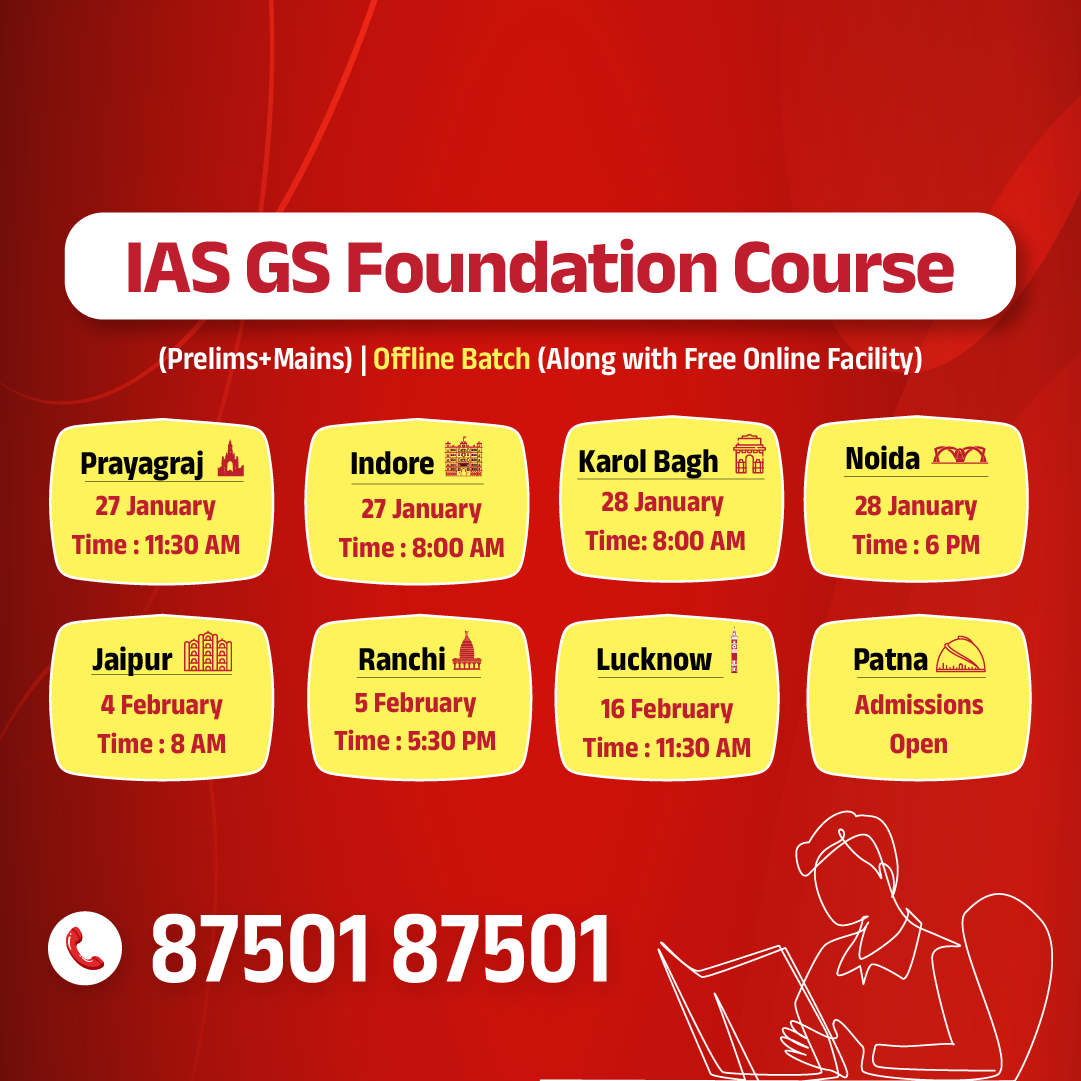
.jpg)
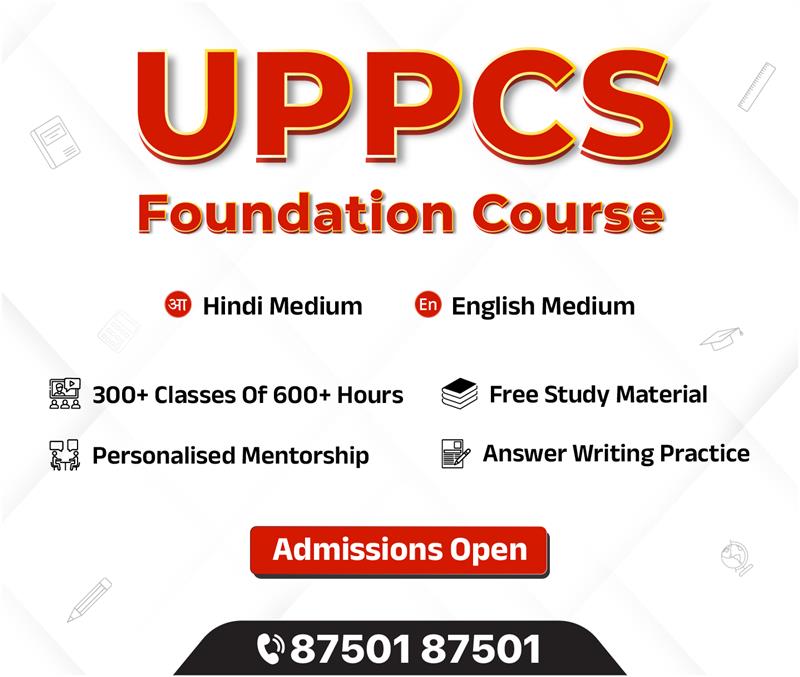



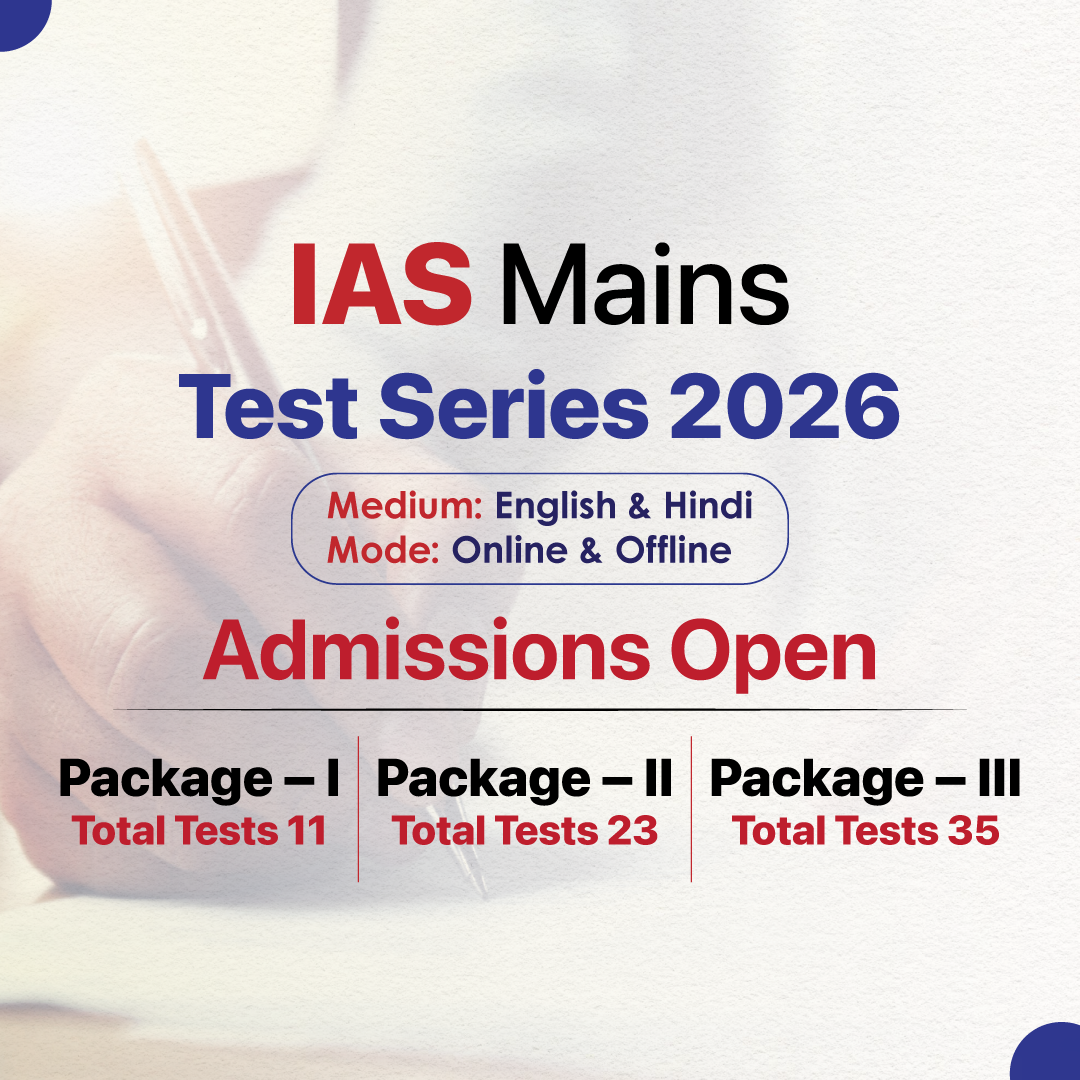

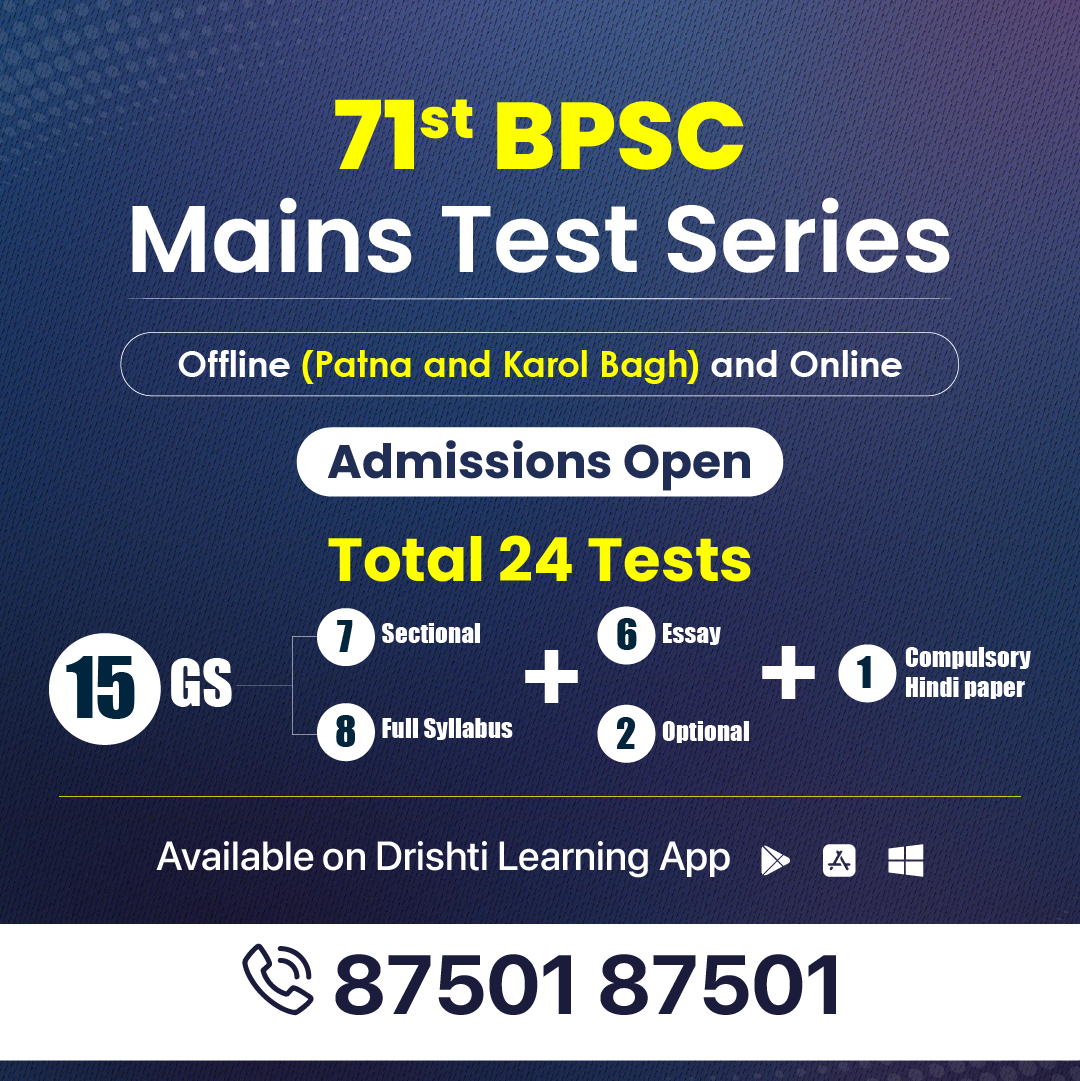
.png)
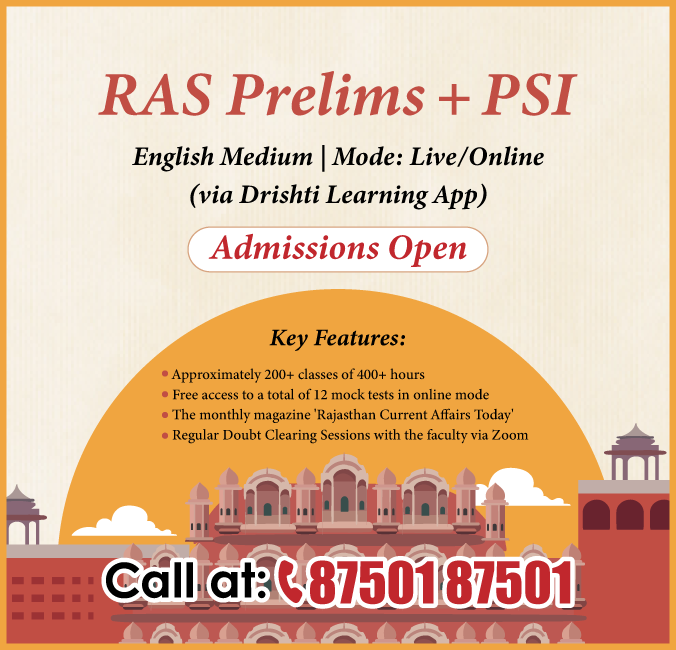

.jpg)

 PCS Parikshan
PCS Parikshan

